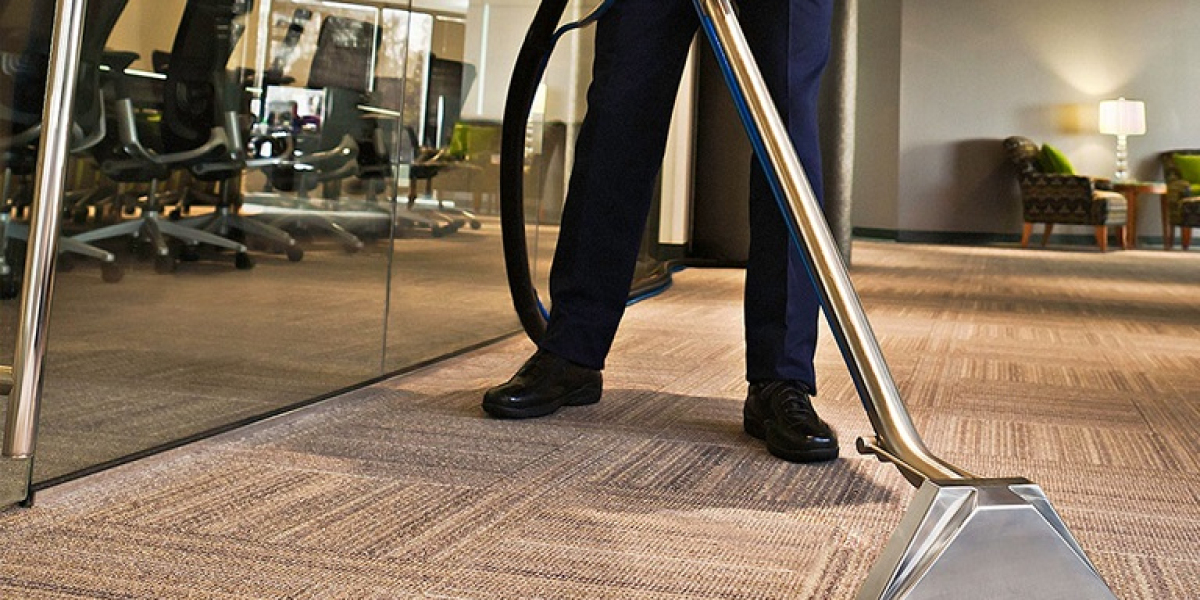Discover the Secret to Flawless Lighting: The Ultimate Guide to Choosing Your Perfect Light Stand!
In the world of photography and videography, lighting plays a pivotal role in determining the quality and impact of your visuals. Whether you're capturing a stunning portrait, a vibrant product shot, or a cinematic scene, the right lighting can make all the difference. However, achieving flawless lighting setups often hinges on one crucial component: a secure light stand. A light stand not only supports your lighting equipment but also allows you to position it at the perfect angle and height for optimal results. In this article, we aim to guide you through the process of selecting the perfect light stand to ensure your lighting setup is both secure and effective. By the end of this guide, you'll have the knowledge needed to make an informed decision that enhances your creative projects.

Understanding the Basics of Light Stands
A light stand is a foundational piece of equipment in any lighting setup, serving as the support structure for your lights, reflectors, or softboxes. These stands come in various types, each designed to cater to different lighting needs. The most common types of light stands include tripod stands, which are versatile and easily adjustable; boom stands, which offer extended reach for overhead lighting; and C-stands, renowned for their stability and ability to hold heavier equipment. When considering a light stand, it’s essential to understand its features, such as the leg design and locking mechanisms, as these can greatly influence its performance and reliability. A sturdy light stand not only supports your gear but also allows for creativity in your lighting setup, making it an indispensable tool for any photographer or videographer.
Key Features to Look for in a Secure Light Stand
When selecting a light stand, several key features should guide your choice to ensure secure support for your lighting equipment. First and foremost is stability; look for stands with a wide base and sturdy construction to prevent tipping, especially when using heavy lights or modifiers. Height adjustment is another critical feature, allowing you to position your lighting at different angles and distances. Ensure the stand can extend to the desired height while remaining stable. Additionally, consider the weight capacity of the stand; it should comfortably support your lights without risk of collapse. The material of the stand also plays a role, with aluminum being lightweight yet durable, while steel offers added stability for heavier setups. By keeping these factors in mind, you can choose a light stand that provides the security and effectiveness needed for flawless lighting setups.
Comparing Light Stand Designs
Various designs of light stands cater to different lighting needs and setups. Tripod stands are the most common choice, offering versatility and ease of use, making them ideal for on-the-go shoots. However, they may lack the stability needed for heavier lighting equipment. Boom stands extend horizontally, allowing for overhead lighting; they are beneficial in tight spaces but require careful setup to avoid tipping. C-stands, with their sturdy construction and unique leg design, provide exceptional support for heavier lights and modifiers, making them a favorite among professionals. While C-stands can be heavier and bulkier, their ability to withstand demanding setups often outweighs these downsides. Each design has its pros and cons, so consider your specific lighting needs and working environment when choosing the right stand.
Setting Up Your Light Stand for Optimal Performance
Proper setup of your light stand is crucial for optimal performance and safety. Begin by ensuring the stand is placed on a level surface to promote stability. If the ground is uneven, adjust the legs accordingly, or consider using leveling feet. Weight distribution is another important factor; always position heavier lights closer to the base of the stand to lower the center of gravity. Additionally, using sandbags or other stabilizers can enhance security, particularly in outdoor environments or when using boom arms. Always double-check the locking mechanisms on your stand to ensure everything is secure before placing your lights. Avoid common mistakes, such as overextending the stand or exceeding its weight capacity, which can lead to accidents. By following these best practices, you can ensure your light stand performs optimally and contributes to a safe and effective lighting setup.
Selecting the Right Light Stand for Your Needs
In conclusion, the right light stand is paramount for achieving flawless lighting in your photography and videography projects. By understanding the basics of light stands, identifying key features to look for, comparing different designs, and following proper setup techniques, you will be well-equipped to select a light stand that meets your needs. Remember that a secure light stand not only enhances the effectiveness of your lighting setup but also allows you to unleash your creativity without the worry of equipment failure. As you embark on your journey to find the perfect light stand, consider the insights shared in this article to make a well-informed choice that elevates your work to new heights.








